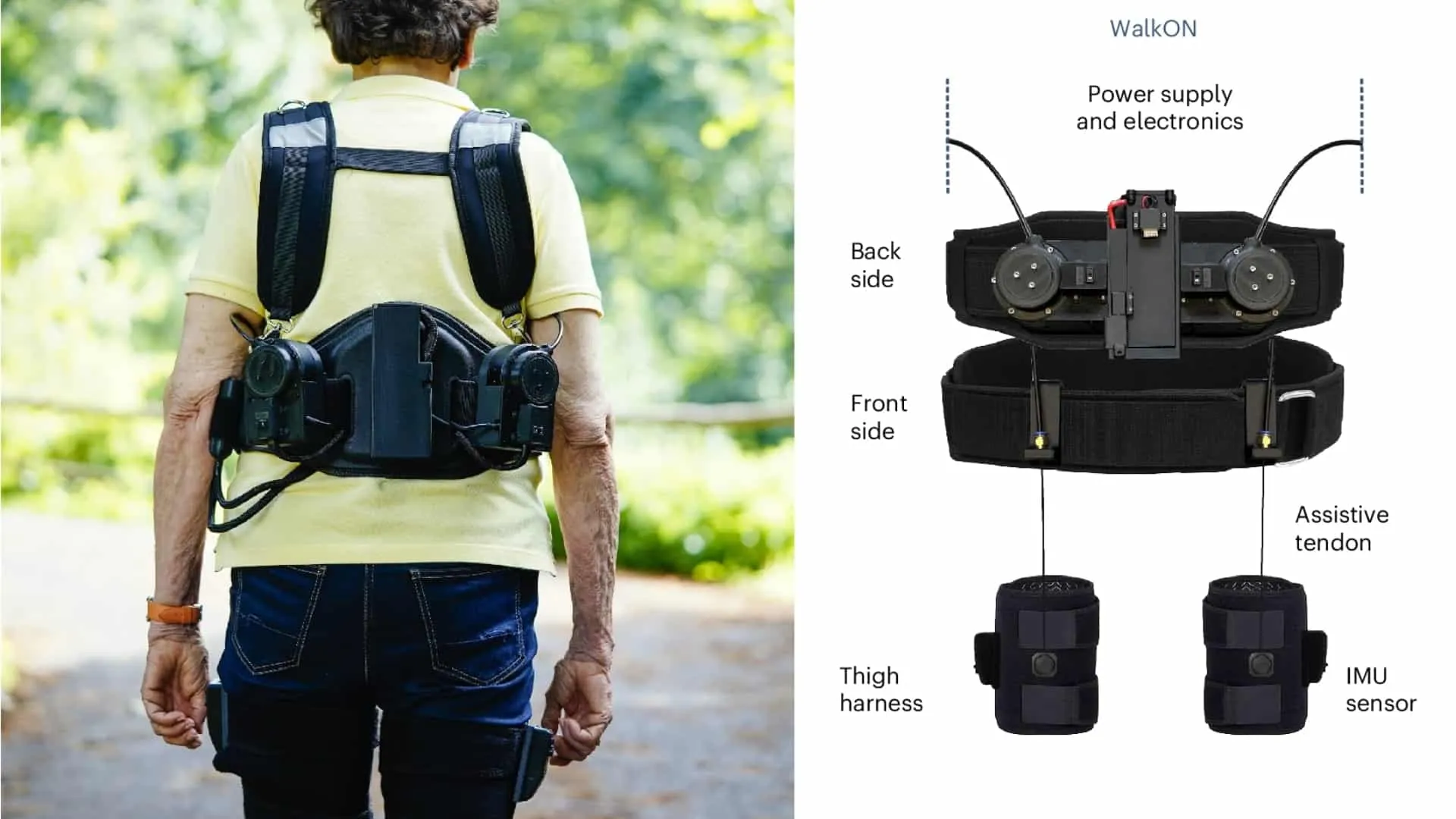Robotic Exoskeleton Improves Walking Efficiency in Older Adults

Overview of Robotic Exoskeletons
Robotic exoskeletons have emerged as transformative devices in the quest to aid mobility, particularly among the elderly population. As people age, walking efficiency can significantly decline, leading to reduced mobility and independence.
Significance of Research
In a groundbreaking study, researchers at Heidelberg University have introduced a lightweight robotic exoskeleton designed specifically to enhance walking efficiency for older adults. This innovative technology not only aids in physical mobility but also aims to improve overall quality of life.
Key Features of the Exoskeleton
- Lightweight Design: Ensures comfort and ease of use.
- Improved Mobility: Enables users to walk more effortlessly.
- Enhanced Stability: Reduces the risk of falls.
Future Implications
This advancement heralds a new era in assistive technology, potentially influencing future designs for mobility aids. By addressing the needs of older adults, the robotic exoskeleton could significantly transform how we approach mobility challenges in geriatric care.
This article was prepared using information from open sources in accordance with the principles of Ethical Policy. The editorial team is not responsible for absolute accuracy, as it relies on data from the sources referenced.